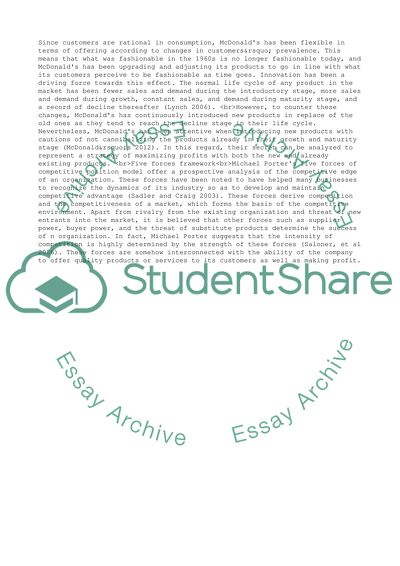Cite this document
(McDonalds Strategic Management: Principles and Practice Dissertation - 24, n.d.)
McDonalds Strategic Management: Principles and Practice Dissertation - 24. Retrieved from https://studentshare.org/management/1785192-strategic-management
McDonalds Strategic Management: Principles and Practice Dissertation - 24. Retrieved from https://studentshare.org/management/1785192-strategic-management
(McDonalds Strategic Management: Principles and Practice Dissertation - 24)
McDonalds Strategic Management: Principles and Practice Dissertation - 24. https://studentshare.org/management/1785192-strategic-management.
McDonalds Strategic Management: Principles and Practice Dissertation - 24. https://studentshare.org/management/1785192-strategic-management.
“McDonalds Strategic Management: Principles and Practice Dissertation - 24”, n.d. https://studentshare.org/management/1785192-strategic-management.


